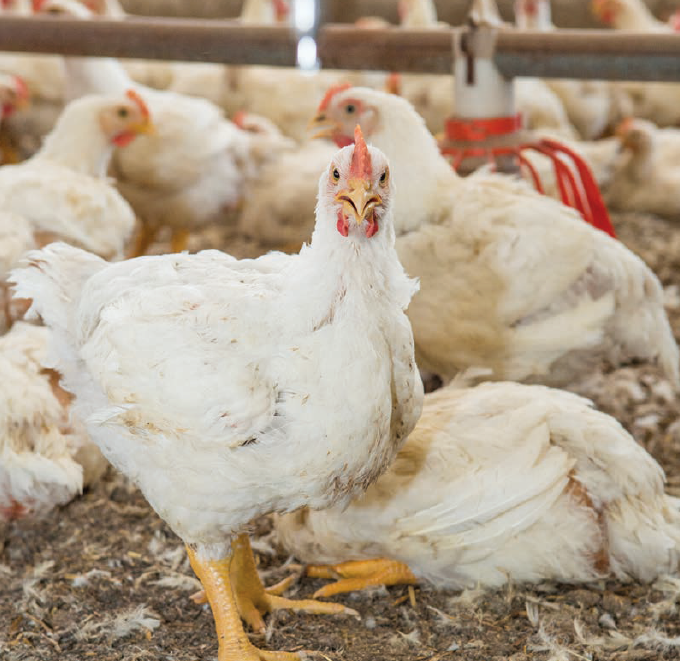
Gut health has become a dominant topic in the global poultry industry. But why did the topic emerge to become so important to the industry? What is gut health and how should the poultry industry deal with such a complex challenge?
Marcos H. Rostagno – Technical and Regulatory Director Phytobiotics North America, LLC. 202 New Edition Court, Cary, NC 27511
Gut health has attracted a lot of interest over the past few years, quickly becoming a dominant topic in the global poultry industry. But, why did the topic emerge to become so important to the industry? The effective function of the intestinal tract is crucial in determining animal health, welfare and productive performance. In the increasingly competitive poultry industry, the pressure for more efficient production systems is a constant.
Considering that feed is by far the main cost of production for any poultry production system (broilers, turkeys and layers), it is easy to understand why the health of the intestinal tract becomes a determinant factor for the efficient utilization of the nutrients provided in the diets to the birds. Moreover, the increasing market pressure and quick shift of producing food without the use of antibiotics has created the need for options to support the intestinal health of the birds. For many years, the ample utilization of antibiotics as interventions allowed to keep many intestinal challenges under control, which re-emerged during the process of withdrawing this type of additives from the diets. Consequently, an incredible vast number of new feed additives becomes continuously available in the market with the purpose of managing gut health challenges and maintaining production efficiency.
However, what is gut health, and is there a definition? As a very complex and intricate system, the intestinal tract is still viewed by most as a “black box” with many basic and important gaps of knowledge that still need to be uncovered. Besides, the intestinal tract actively interacts bidirectionally with many other complex systems in the animal’s body, making it very difficult to fully unravel this multifaceted interrelationship. Over the past few years, defining the concept of “gut health” has been a challenge amongst nutritionists, veterinarians and scientists, worldwide. However, while gut health has become a very popular topic in scientific conferences, peer-reviewed scientific journals, and industry publications, a clear scientific definition is still lacking.
Some key components of what could be considered a healthy gut are: structural integrity, normal neuroendocrine and motor function, effective digestion of feed and absorption of nutrients, effective immune status, and stable and functional microbiota. As it can be easily noted, the need to consider all these key components creates a complex challenge to any attempt of clearly and objectively develop a definition of “gut health”. Moreover, all these key components interact among themselves by several complex mechanisms and pathways, directly affecting each other.
An additional factor to consider in this complex scenario is the variety of external factors commonly present in any poultry production system that can affect the intestinal tract, such as diet (composition, texture/form, quality of ingredients used, and feed management), presence of mycotoxins, pathogens, and use of feed additives (antimicrobials or non-antimicrobials), as well as occurrence of stress (physical, psychological, or environmental).
So, how should the poultry industry deal with such a complex challenge? As it is evident that gut health is a very complex (and costly) challenge, it should be clear that there is no simple solution of “magic bullet”. Therefore, realistic expectations and multipronged solutions are required. In order to successfully manage gut health challenges, it is critical that we start thinking differently, and more broadly, from better understanding and applying combined health and nutrition concepts and strategies to dedicating more attention to simple animal management and welfare.
Developing and applying interventions based on targeted mode of action is also important. The poultry industry must be more focused the application of science-based approaches, instead of simple “trial and error” exercises routinely done in the field.
Additionally, better collection and use of data to generate reliable and actionable information is greatly needed. The bottom line is that the poultry industry needs to change its traditional mindset, going back to basics, while at the same time breaking some old paradigms, if it is to successfully move beyond the current gut health challenges.
From the Proceedings of the Midwest Poultry Federation Convention 2020
















